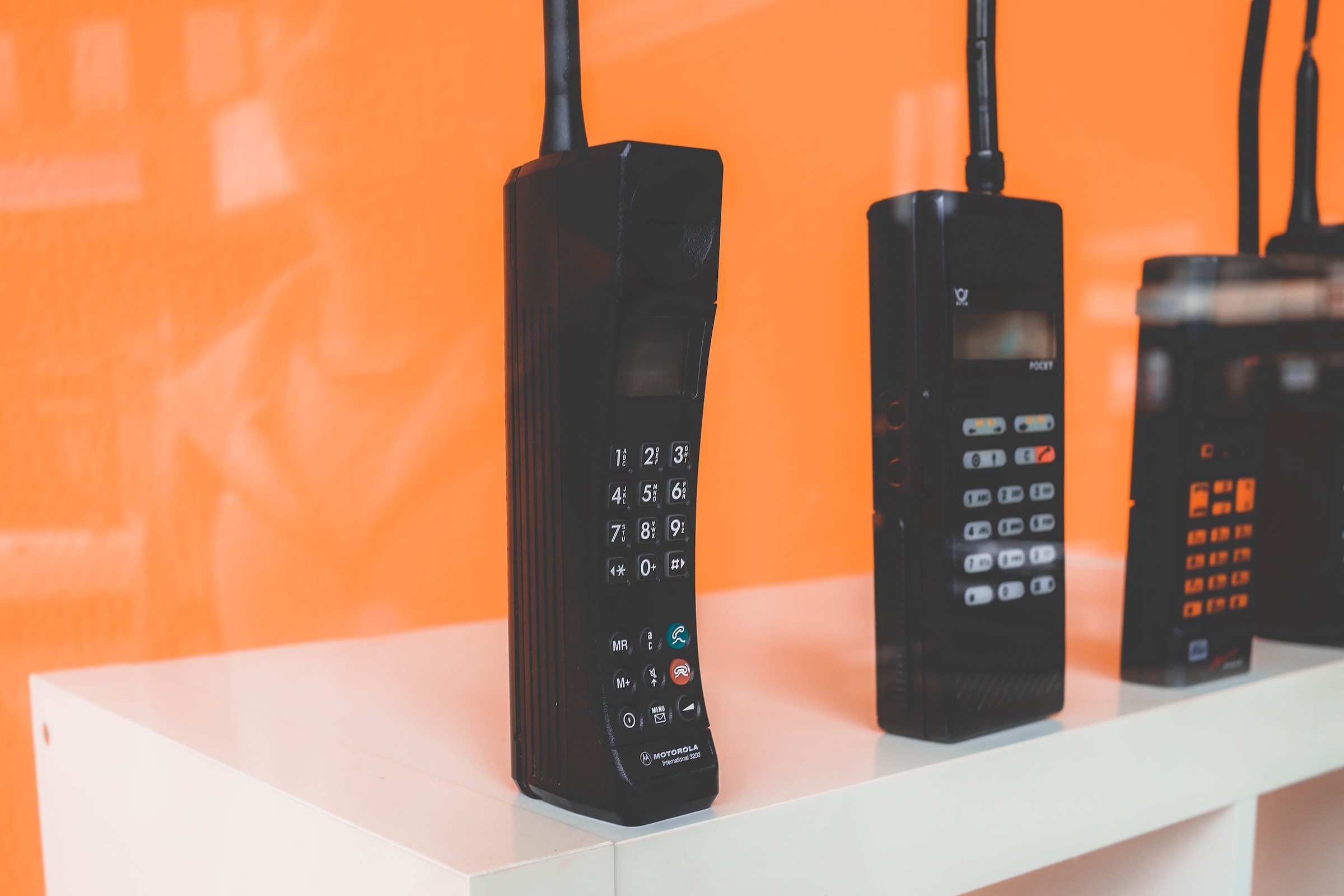Lenovo-owned handset major Motorola may have become popular in the global smartphone market in recent years but it has failed to cement its position in India, which is the second largest smartphone market in the world.
Worldwide
Motorola was the pioneer of mobile phones,and was the top cellular phone company in the world until the late 1990s, when it was overtaken by Nokia. This case discusses some of problems that Motorola faced in 2006-2007, after it failed to follow-up the success of its iconic phone model, the Razr, and was quickly overtaken by competitors who launched innovative products to capture market share. Motorola slashed the prices of most of its phone models in late 2006 to recapture some of the lost market share, drastically affecting its margins in return.
In early 2007, Motorola announced that it would make an effort to revive its financial performance and not go behind market share alone.
It also embarked on a business reorganization to better align its operations with its customers and markets. However, it was widely believed that what the company needed was a path breaking new product to pull it out of difficulties. But as of mid 2007, Motorola had no products that looked likely to replicate the Razr's success. In addition to this, CEO Ed Zander was losing much of the credibility he had earned in 2004-2005, during his early years at the company, and speculation was rife that Motorola's board might consider replacing him in the near future.
Once a popular player in the affordable and mid-price segment in the country, the company's phone business is slipping as competition from its Chinese counterparts mount.
According to Counterpoint Research, Motorola India's smartphone shipments declined 70 per cent year-on-year (YoY) in 2018. The brand sunk from sixth spot in 2017 to 12th in the market in 2018.
"Motorola shipments declined due to the competitive product portfolio of Real me and Xiaomi. Motorola did not refresh its portfolio as compared to other Chinese players which were offering better specifications at competitive prices," Karn Chauhan, Research Analyst at Counterpoint Research, told IANS.
In August 2015, Chinese tech giant Lenovo announced it would merge its existing smartphone division, including design, development and manufacturing, into the Motorola's Mobility unit.However, the Motorola brand launched devices three times less than other leading brands in India in 2018.
"The brand has not been able to grow at a pace it could have, sheer on its brand value. After the Lenovo-Motorola merger, the brand as well as the portfolio positioning has gone haywire. There was no distinct positioning between the Lenovo and Moto brands," Faisal Kawoosa, Founder and Principal Analyst of market research firm techARC, told IANS.
"Moto was always seen as a brand for evolved users, something which OnePlus capitalised on. Had the Lenovo-Motorola Business Group (MBG) played its cards well, Moto could have been what OnePlus is today,"







